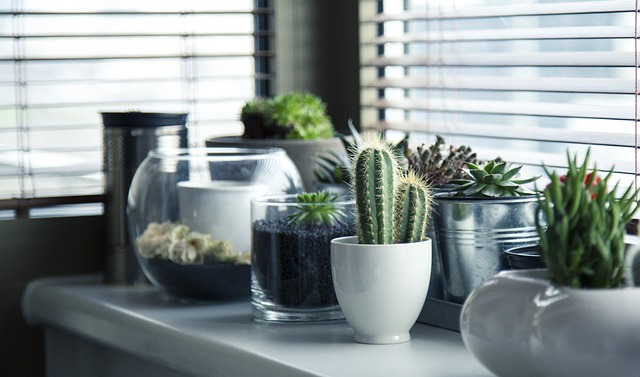DIY Home Improvement: Boosting Your Home’s Appeal and Value
Are you looking to upgrade your living space without breaking the bank? DIY home improvement projects can be a great way to give your home a fresh new look and increase its value, all while saving money and having fun in the process. In this blog post, we’ll explore the world of DIY home improvement, including easy and budget-friendly projects, essential tools and materials, and expert tips for success.
Benefits of DIY Home Improvement
There are many benefits to tackling DIY home improvement projects. Here are just a few:
- Cost savings: By doing the work yourself, you can save money on labor costs and avoid expensive contractor fees.
- Increased property value: Well-executed DIY projects can increase your home’s appeal and value, making it more attractive to potential buyers if you decide to sell.
- Personal satisfaction: Completing a DIY project can be a source of pride and accomplishment, giving you a sense of ownership and connection to your home.
- Learning new skills: DIY projects can be a great way to learn new skills and develop your problem-solving abilities.
Easy and Budget-Friendly DIY Projects
If you’re new to DIY home improvement, it’s best to start with simple projects that won’t break the bank. Here are some ideas to get you started:
- Paint a room: A fresh coat of paint can completely transform a room’s atmosphere and style. Choose a color that complements your furniture and decor, and apply two coats for optimal results.
- Build a headboard: A custom headboard can add a touch of elegance to any bedroom. Use reclaimed wood or MDF to create a unique and functional piece of furniture.
- Add some greenery: Indoor plants can purify the air, improve the aesthetic, and even boost your mood. Choose low-maintenance plants like succulents or air plants, and display them in decorative planters or hanging baskets.
Essential Tools and Materials
To tackle DIY home improvement projects, you’ll need a few essential tools and materials. Here are some must-haves to get you started:
- A good quality hammer: A hammer is a fundamental tool for any DIY project. Look for one with a comfortable grip and a balanced weight.
- A cordless drill: A cordless drill is a versatile tool that can be used for drilling, driving screws, and mixing materials.
- A level: A level ensures that your shelves, cabinets, and other installations are perfectly straight and level.
- A tape measure: A tape measure is essential for measuring rooms, furniture, and materials accurately.
- A variety of fasteners: Keep a supply of nails, screws, and bolts on hand to tackle a range of DIY projects.
Tips for Success
While DIY home improvement can be a fun and rewarding experience, it can also be challenging and frustrating if you’re not prepared. Here are some expert tips to help you achieve success:
- Plan carefully: Before starting a project, make sure you have a clear plan and a realistic timeline.
- Measure twice, cut once: Accurate measurements are crucial for successful DIY projects. Double-check your measurements before cutting or drilling.
- Follow safety guidelines: Always wear protective gear, such as gloves and safety glasses, when working with power tools or hazardous materials.
- Don’t be afraid to ask for help: If you’re unsure about a particular aspect of a project, don’t be afraid to ask for advice or assistance from a more experienced DIYer or professional contractor.
Conclusion
DIY home improvement can be a fun and rewarding experience, allowing you to transform your living space and increase its value. With the right tools, materials, and mindset, you can tackle a range of projects, from simple decorating ideas to more complex renovations. Whether you’re a seasoned DIYer or just starting out, we hope this guide has inspired you to get creative and start making changes to your home.



